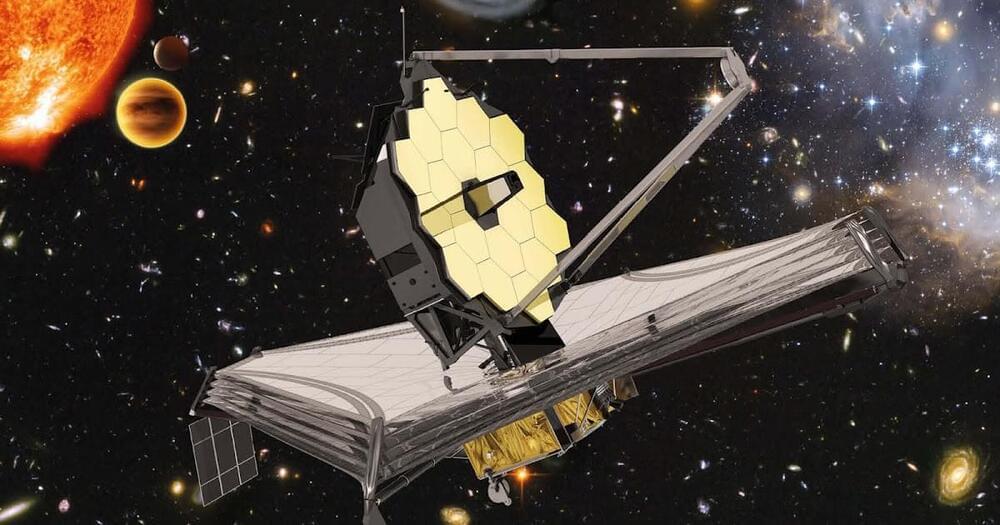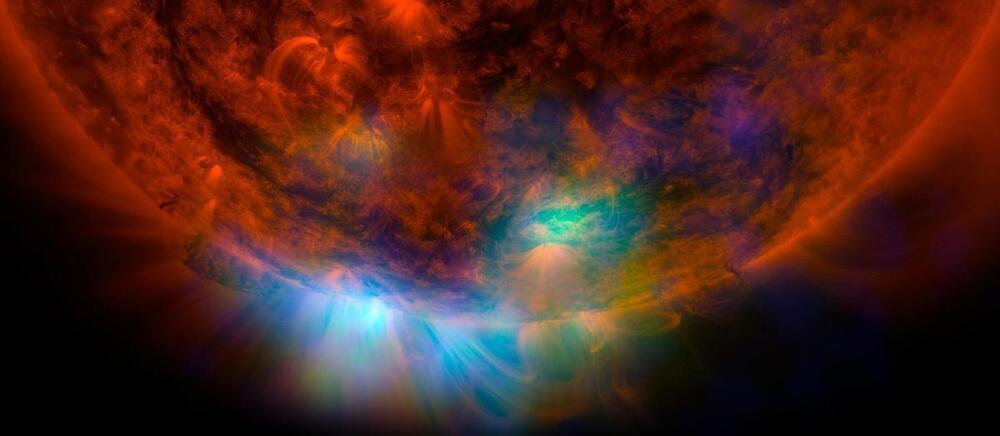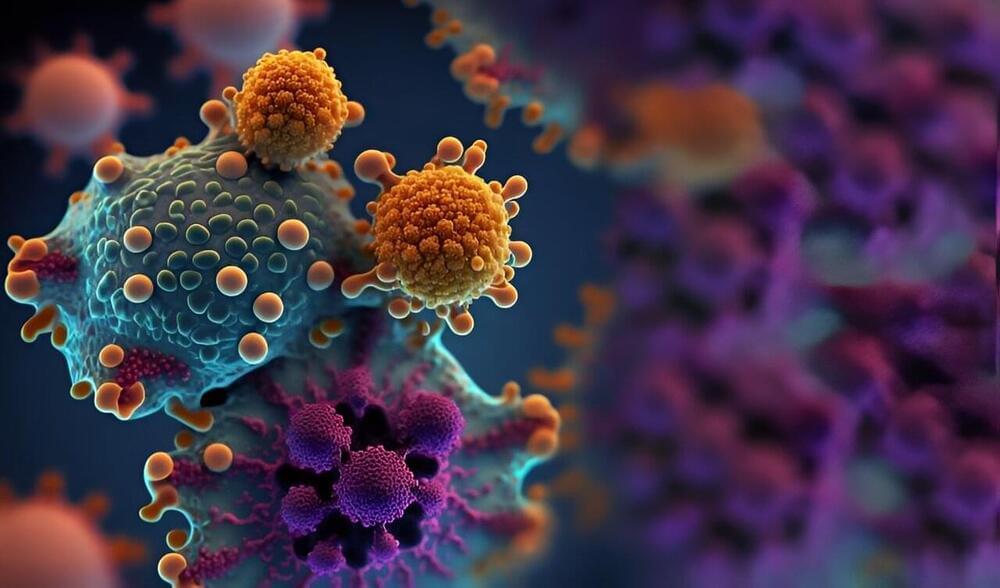Uh oh.
As The Independent reports, ChatGPT users have spent the last 24 hours or so flocking to social media to share screenshots and anecdotes of bizarre interactions with the OpenAI chatbot — which, well, appears to be losing its mind.
Screenshots show the AI’s responses to seemingly normal queries devolving into total gibberish, or simply generating way too much content. In one case highlighted by the Independent, a Redditor shared that the AI — when asked a question about coding, mind you — provided a garrulous and mostly illogical answer that included the statement: “let’s keep the line as if AI in the room.”







